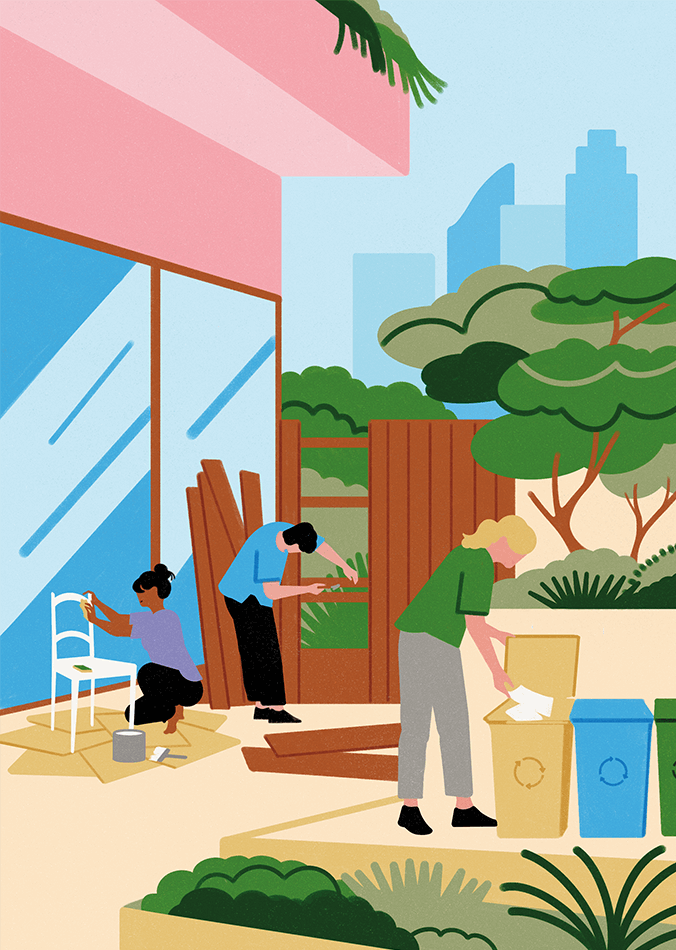Reuse, recycling, circularity
Reuse, recycling, circularity: how can we (really) change people’s attitudes?
How can we make the circular economy more appealing?
Despite being a recent phenomenon in the history of humankind, throwaway culture is now so deeply rooted in our daily lives that it often seems like the only option. What psychological and sociological drivers can be employed to promote the widespread adoption of eco-friendlier alternatives?
According to Sylvie Borau, Professor of Marketing at the Toulouse Business School, “perceived quality” is one of the main barriers to low-energy packaging, without multiple, excess containers (although sometimes necessary to protect the product) This belief is deeply rooted in our psyche, she explains: “The more expensive the product, the more layers of packaging there will be. It may have as many as five or six layers of packaging. It could be a small glass jar of cream, which is then wrapped in fabric, before being placed in a cardboard box.” Material thickness also has an impact, as does the use of color or “pure” white, which requires the use of chemicals. However, perceptions are changing. In 2018, a study conducted by IFOP demonstrated that natural products now symbolize efficacy for over half of consumers.
I consume sustainably, therefore I am?
